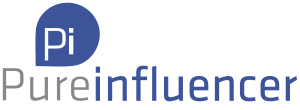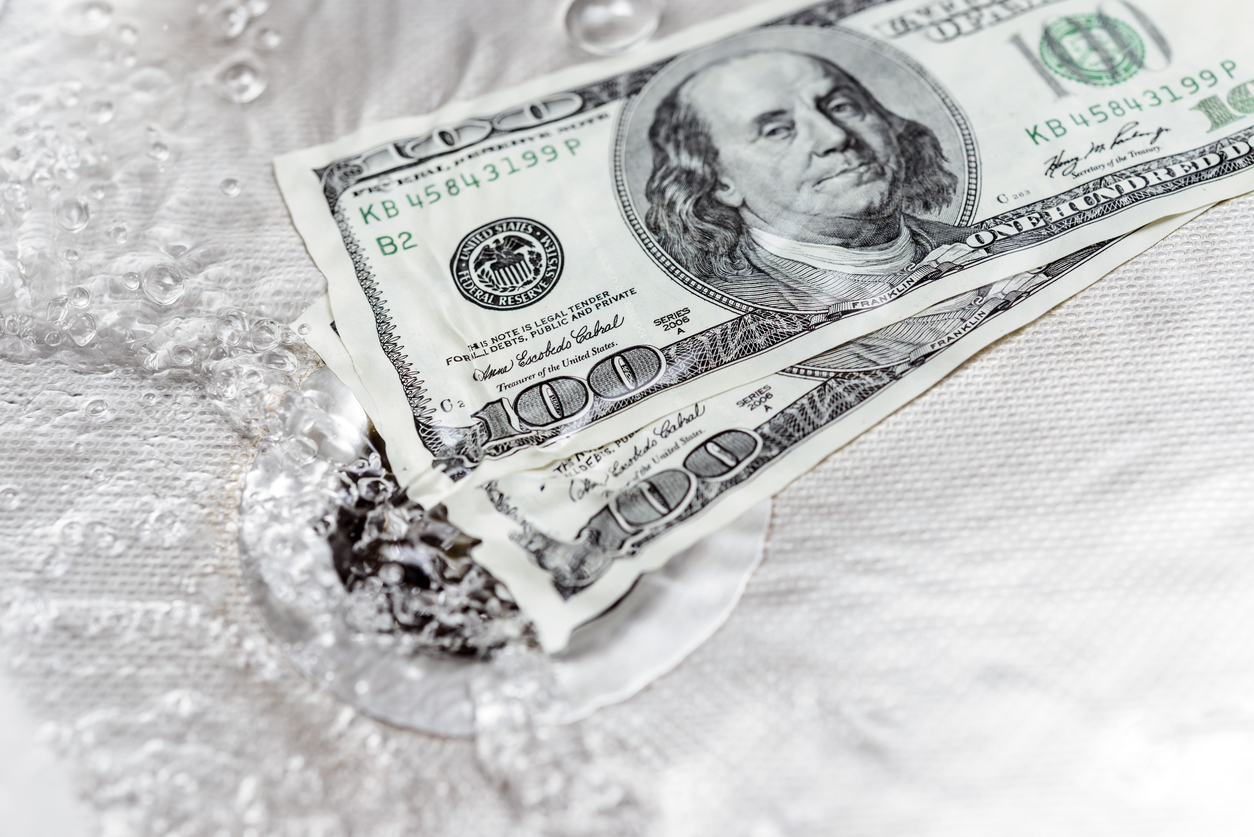Paid Search does not work in auto retail the way the majority of the market believes that it does. There’s this belief in automotive retail that Paid Search, SEM, PPC, etcetera can increase a dealers’ monthly sales numbers simply because of paid search campaign application – even “correctly done.”
Unfortunately for the paid search practitioners what they believe works, or what they think is “causation” is merely correlation of events that have, do, and will always take place in the absence of any paid search marketing. Those events simply stated is that auto buyers use search engines for expediency in researching and finding all of their options (multiple sites and dealers) in their respective markets. What ALL of the SEM marketers in automotive retail have done is misinterpret correlative data and even worse, used that misinterpretation of correlative analytic data to sell dealers (as well as their own employees) just to make a buck. Or actually millions of bucks. So, to illustrate – to shed light on this problem in our industry – let me give you an analogy.
Andy our hero “Automotive Marketer” is reading over some interesting data from his local news site on a Sunday morning where the author points out that most local concert tickets are purchased during the day, during day light hours. The authors’ attempting to make a funny point … but our studious Andy decides to dig deeper to see if something similar might hold true in Automotive Retail.
And wouldn’t you know it after lengthy studies of a half dozen dealerships, Andy believes he’s on to something… for through the data that he has collected from dealers’ DMS data, CRM data, Google Analytic Data, and local weather reporting – our hero finds that he has empirical data that proves that more cars are sold during daylight hours than night time hours. Sure, the obvious reason to any high school sophomore is that there are more selling hours for a dealership in the daylight generally than there are during the night. But that’s not important to Andy because he has data and he believes that he can get dealers to act on his assumption – by voting with their dollars of course.
Our Hero, comes to the conclusion that IF he can get dealers more sunshine hours they’ll sell more cars. He believes that if a dealer can get 15% more sunlight hours their sales will increase significantly. Even better he has a plan for just how to do it. Andy shares his factual findings with a couple of local dealer buddies, along with his idea and they agree with him to pay him a consulting fee to give him a shot. The plan… open 40 minutes earlier every day. Instead of opening at 9am, open at 8:20am.
Three months later when Andy looks through the dealers’ DMS, CRM, Google Analytics… LO AND BEHOLD… there were 21 cars sold over the 90-day period between 8:20am and 9am!!! He was right all along and his analytics prove it. So, like any good marketer he shares his findings with other dealers and begins to have those dealers do the same – paying him consulting fees of course. A year later, the majority of his dealers have found similar factual data that they attribute with more cars being sold during the daylight hours and he begins to grow his marketing company with an eye toward a big “exit,” a purchase by one of the big vendors!
Then Bart comes along, a trained marketer that understands the science of measurement, control groups, and amplification. He understands stimulus, he has worked with causation and correlation statistical analysis in marketing. Bart hears about Andy’s practice and theory and does some homework and research on his own on the “sunshine subject.” Bart finds that now nearly 60% of the market is using Andy’s strategy and he also finds many other copycat marketers are now using the same data, studies, and strategies with other dealers too. He even finds that not only has the more sunshine strategy been endorsed by OEM’s, now many of them are co-opting the strategy too. So, Bart continues his own study and research. He finds that Andy’s data is in fact accurate. That there are sales happening during the newer open hours. And then he finds something even more interesting. Over the past year and a half since the market has been using this strategy only a few dealers have had significant gains in market share growth. He further finds that after adjusting for seasonality, regional market, economic conditions, dealership ownership changes, and normalizing for “brand” productions – he finds that dealers are not selling any more cars than they had been prior to the tactic. He learns not only are dealers not selling more cars than they would have statistically, but they’re now spending more money than they need too to sell the same levels of market share. He’s even more stunned to learn that there is now something called the 1st Annual Sunshine Selling Strategy Conference in sunny Florida for dealers to come see all the sunshine data and learn how they too can implement this new strategy for only $1,495 per person. There’s even new SHD’s (sunshine hour departments) in dealerships to complement their BDC’s.
Bart can’t believe it, he’s stunned. “Is there no critical thinking in the dealer body?” he wonders. One day while having lunch with another colleague Bart tells the story and his colleague suggests that Bart reveal his findings to the industry. Reveal the truth that really miniscule market share has changed, that the majority of dealers are using the same strategies against one another, that the only thing is happening is that dealers are just spending more money for sales they would have gotten in the absence of this strategy. That there isn’t a return on investment based upon amplification and sales lift.
His colleague says, look it may be tough in the beginning but start calling the sunshine-ists out! Start telling dealers to look closely at what was already happening in the absence of this strategy. He says it’s your job to help dealers know that those guys are just blowing sunshine up their attributions!
Like using the small window of 40 extra minutes in a day compared to the other 11 hours is a tiny nearly insignificant area or volume of measurement, It is a tiny area of measurement – to use your paid search data for any actual “return on investment.”
OF COURSE there’s data in that tiny area of PPC measurement but Compared to Direct visitor data it’s tiny!
OF COURSE there’s data in that tiny area of PPC measurement but it’s INSIGNFICANT when compared to your organic visitor data. Ever wonder why your marketing vendor doesn’t compare your SEM data to your Organic data? I mean come on it’s the same website, the same dealership, the same inventory… why don’t they show and detail all of it side-by-side, organic versus direct versus their paid search leads and results – including conversions and lead to sales rates. I’ll tell you why…. Because $8K a month for less than 5% of your sales looks disastrously wasteful next to $0 per month for 95% of your sales that’s why!
The point is that across the board, after spending money on this sunshine marketing tactic, sales are generally the same, nothing has changed, BUT the “area of measurement” contains data (correlative data) and so the erroneous conclusion is that because there is data that points to sales, it must have value, even a “return on investment.” It does not. It’s merely correlative data of what was going to happen in customer behavior and sales volumes anyway. It has not improved market share for dealers. It is however a bunch of band wagon marketers all too happy to get money from dealers and continue blowing sunshine up their … aspirations!
Now, take a close look at your paid search data, and its results, ask yourself, has my market share grown proportionate to my SEM spend? Meaning, I’m paying x% more than I did x years ago, is my sales volume up proportionately? Is my market share up proportionately? Am I selling more cars? Will I lose 10% of my sales if I stop paid search or… is my marketing vendor blowing sunshine up my…

